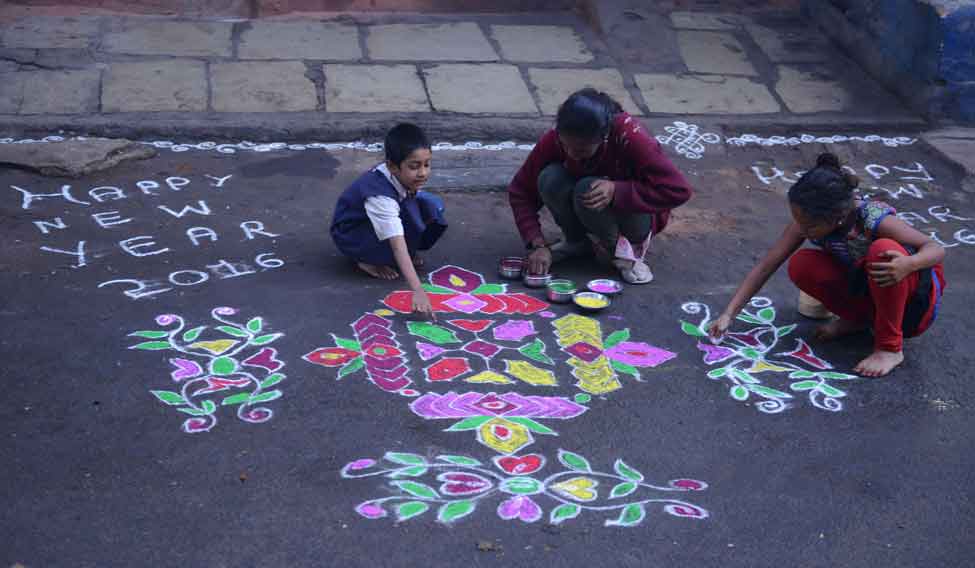Imagine if you could determine the colour of your baby’s eyes. What if you could adjust his intelligence quotient, like adjusting the volume level on a boom box? How far can you tamper with the human gene pool to customise the kind of person you want to create? It is a subject mired in controversy but one that has been brought into the limelight with a gene editing technology called CRISPR which is revolutionising the field of biotechnology today.
Although CRISPR has been around for a few years, its efficiency and accuracy have been skyrocketing each year. Last year, for the first time, Chinese scientists applied the technique to nonviable human embryos. If CRISPR can rectify any genetic defect, its potential is immense and it could be one of the most exciting developments to watch out for this year.
Last year, India, too, entered the debate with Union Minister Harsh Vardhan stating how dangerous and unethical gene editing could be. If we delay getting into CRISPR’s bandwagon, we might later find that the world has moved far ahead of us. American biologist Paul Knoepfler writes in his blog that the number of CRISPRed animals “with super muscles, glowing or with pint-sized critters” will increase in 2016. Human editing might become a possibility with the voice of its advocates like Steven Pinker and John Harris growing stronger. Evaluation of how well CRISPR is working, which is too random today, might get standardised in the coming months.
In his letter to his new-born daughter, Facebook’s Mark Zuckerberg wrote: “Our generation grew up in classrooms where we all learned the same things at the same pace regardless of our interests or needs. Your generation will set goals for what you want to become—like an engineer, health worker, writer or community leader. You'll have technology that understands how you learn best and where you need to focus. Even better, students around the world will be able to use personalised learning tools over the internet.”
Personalised learning is going to develop in leaps and bounds in 2016, spurred on by a mushrooming of Indian education startups like Vedantu which gives students and teachers access to live learning. On this platform, students can select a teacher from the lot of quality teachers. Users can utilise tools like whiteboard, audio and video technology for interactive learning sessions. CultureAlley offers interactive sessions and audiovisual lessons that can be learned at a student’s unique pace as different children have different grasping abilities. Nayi Disha offers engaging learning techniques and design immersive educational apps for children all over the world. As Zuckerberg says, the results are already promising. Not only do students perform better on tests but they also gain the skills and confidence to learn anything they want.
“Personalised attention, especially at the K-12 level which sets the academic foundation for students, helps in improving learning outcomes,” says Vamsi Krishna, CEO and co-founder of Vedantu. “Students feel free to ask doubts without feeling shy which helps in ensuring conceptual clarity. We have observed that teachers on our platform are able to make tough concepts really simple and renew students’ interest in subjects like math and science, which they had earlier feared or disliked. In addition to the subject-matter expertise of a teacher, students also benefit from oversight of a mentor who guides and advises them.”
2016 could be the year of the self-driven car. Google’s self-driving cars are no longer going to be a glorified science experiment but it will start supplies in Austin, San Francisco. The CEO of Tesla Elon Musk predicted in 2013 that self-driven cars will be on the road by 2016. They will have an advanced cruise control system capable of changing lanes and navigating obstacles. Audi and Ford, together with Stanford, have obtained permission to test self-driven cars on public roads in California. Ford’s fully autonomous Fusion Hybrid will hit the streets in 2016.
Last year, Anushka Sharma said in an interview that women are only expected to be "good looking" and "be interesting enough for a guy to be interested in her" and that usually, if there are two women working in a film together, it is for the purposes of making the guy feel important. She asserted that these practices are reflective of our society. "Men can work as long as they want to, no matter the age, but women are only okay till they are young as in desirable," she said.
But, slowly, there might be a paradigm shift. With the success of films like Queen, Piku and Mary Kom, women-centric films will receive a thrust forward in 2016. At least six movies which have female protagonists will release in 2016. This includes Chalk and Duster, an emotional journey of two teachers—Vidya played by Shabana Azmi and Jyoti played by Juhi Chawla. In February, Neerja, played by Sonam Kapoor and based on the true life of Neerja Bhanot who sacrificed her life while trying to save hundreds in a hijacked flight in 1986, will hit theatres. This will be followed by the Priyanka Chopra-starrer Jai Gangaajal in which she plays a tough cop. Some other women-centric films lined up for 2016 include Ki and Kha, Sarabjit and Saala Khadoos.
“Women-centric movies have always been there,” says director Shoojit Sircar. “It’s just that slowly they are reaching larger masses and people are starting to take note of these films.” He says all his movies like Yahaan, Vicky Donor and Piku have featured strong female characters because of the influence of the two most important women in his life—his wife and his mother. “I’ve derived inspiration from their everyday lives,” he says. “What they feel and what they think have made their way into my films.”





